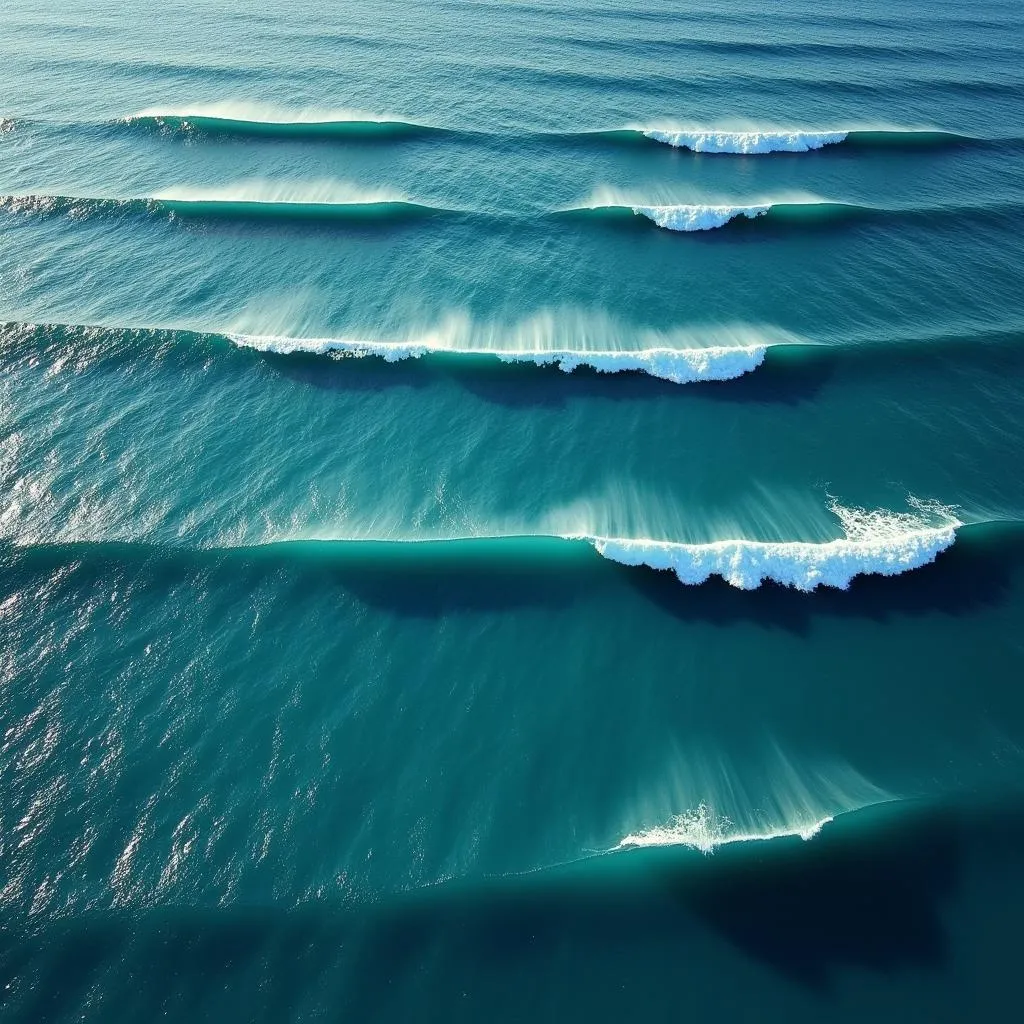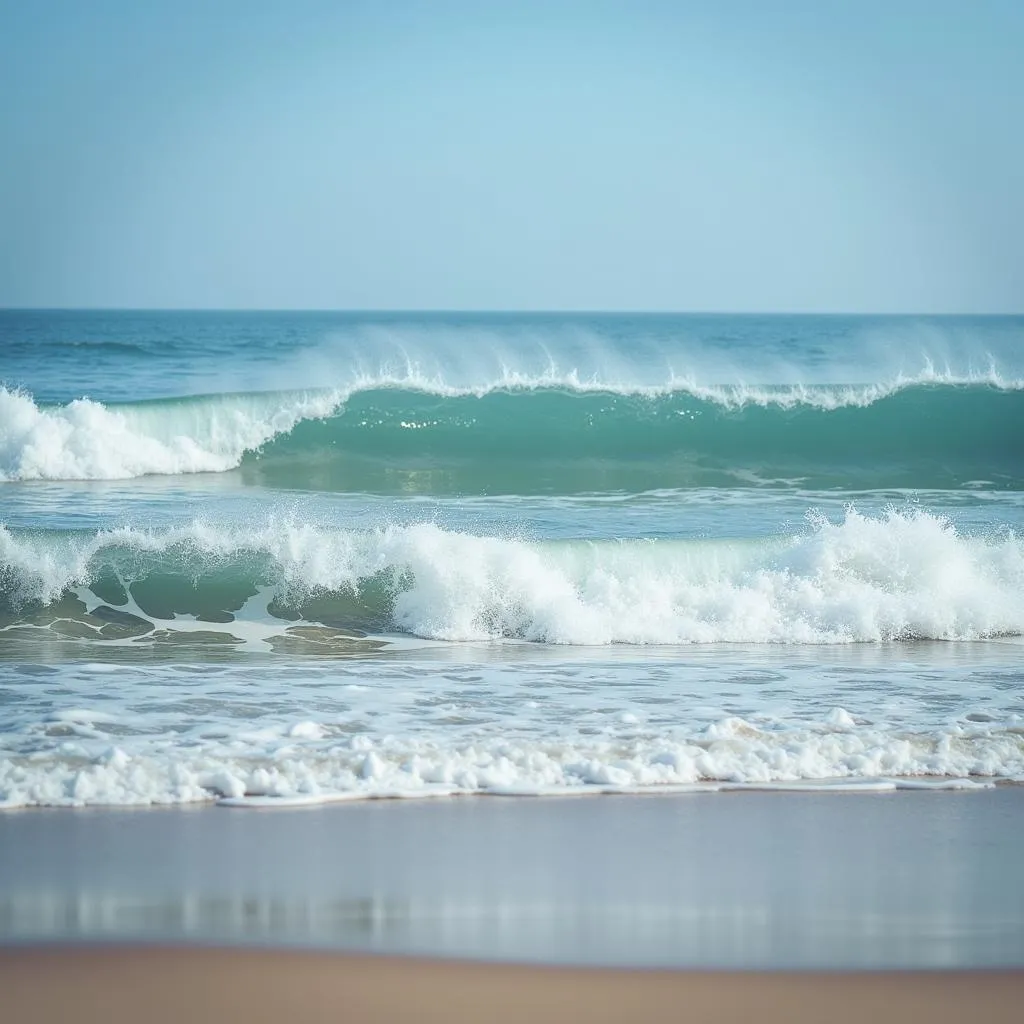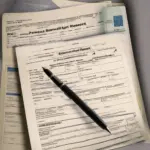Have you ever stood on the beach, mesmerized by the rhythmic dance of waves crashing against the shore? The ocean’s ebb and flow have captivated humanity for centuries, inspiring countless poems, paintings, and songs. But have you ever stopped to wonder, “How far does a wave actually travel in one complete cycle?” Today, we’re diving deep into the fascinating world of wave mechanics to answer that very question.
Unraveling the Mystery of Wave Periods
Before we can determine the distance a wave travels in one period, we need to understand what a wave period is. Imagine yourself on a surfboard, riding the crest of a wave. The time it takes for the next wave crest to reach you is called the wave period. It’s the time it takes for one complete wave cycle to pass a fixed point.
Wavelength: The Key to the Distance Puzzle
Now, let’s introduce another crucial concept: wavelength. This refers to the distance between two consecutive crests (or troughs) of a wave. Picture yourself flying high above the ocean, looking down at the waves. The distance you would measure between the peaks of two adjacent waves is their wavelength.
 Aerial view of ocean waves
Aerial view of ocean waves
Connecting the Dots: Speed, Wavelength, and Period
The distance a wave travels in one period is directly related to its wavelength and speed. We can express this relationship with a simple yet powerful equation:
Speed = Wavelength / Period
This equation tells us that the speed of a wave is equal to its wavelength divided by its period. Rearranging this equation, we find:
Wavelength = Speed x Period
This equation reveals the answer to our initial question: a wave travels a distance equal to its wavelength in one period.
Imagine a gentle wave rolling towards Waikiki Beach in Honolulu, Hawaii. If this wave has a period of 10 seconds and travels at a speed of 2 meters per second, its wavelength would be:
Wavelength = 2 meters/second x 10 seconds = 20 meters
This means that in one complete cycle, this wave will have traveled a distance of 20 meters.
Factors Influencing Wave Speed and Wavelength
It’s important to note that the speed and wavelength of waves can vary greatly depending on several factors, including:
- Wind speed: Stronger winds typically generate larger and faster waves.
- Water depth: Waves travel faster in deeper water and slow down as they approach shallower areas.
- Topography: The shape of the ocean floor can influence wave direction and size.
 Wave breaking on the shore
Wave breaking on the shore
Harnessing the Power of Waves: A Glimpse into Wave Energy
Understanding wave mechanics has practical applications beyond satisfying our curiosity. Wave energy, a renewable energy source, harnesses the kinetic energy of ocean waves to generate electricity. As waves travel across the ocean, they carry immense energy that can be converted into a sustainable power source.
FAQs About Waves
Q: Can you provide some examples of wave periods?
A: Certainly! Ocean waves typically have periods ranging from a few seconds to around 20 seconds. Tsunamis, giant waves caused by seismic events, can have periods lasting several minutes.
Q: Does the amplitude of a wave affect the distance it travels in one period?
A: No, the amplitude, which refers to the height of a wave’s crest or depth of its trough, does not affect the distance it travels in one period.
Conclusion
The next time you find yourself gazing out at the ocean, remember the intricate dance of waves and the fascinating physics that govern their movement. From the gentle ripples lapping at the shore to the powerful swells crashing against rugged cliffs, each wave carries a story written in the language of science.

